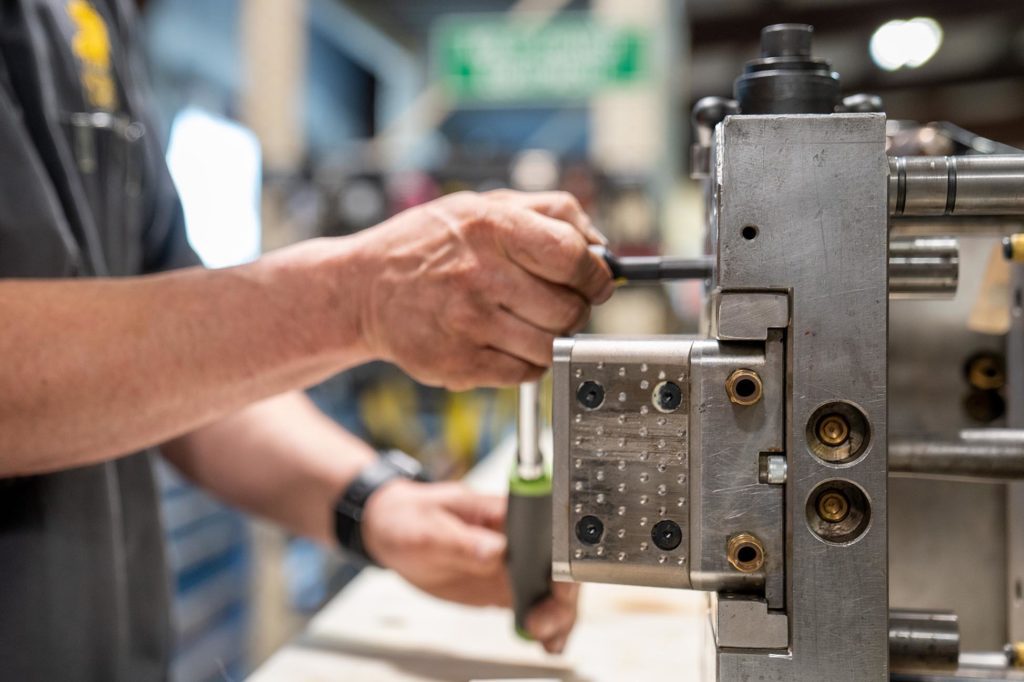Project quality management is the process of continuously monitoring all quality activities, and performing corrective action until the desired quality is achieved.
Questions often asked about injection molding and automation. As always, we are here to answer any other questions you have through the contact form or directly by phone.
What are ideal and minimum quantities for injection molding?
There is no universal rule for minimum quantities when considering injection molding. Generally, with tools costing at least $10,000 for the smallest and simplest parts, production volumes of a few dozen parts or even a few hundred parts can rarely carry a proportion of the capital cost of the molds. It is not uncommon for injection molds to cost between $50,000 and $500,000. In this range, it is expected that production volumes would be at 10,000 units and up.
How do you ensure quality standards are met?
Meeting customer quality standards starts with having them defined. Requirements should be more than just dimensions and tolerances, but should include appearance concerns, defined allowances for tool wear, packaging specifics, frequency of inspection, and all required documentation needs.
What is the future of Product Management?
Managing the evolution of a product will always be needed. Some products come and go, but many must be adapted to current trends and technologies; that is where the product manager comes in. Their role is to understand the marketplace and where the product fits in and how it must be adapted to continue to be relevant.
Why is quality management system important?
A QMS helps to organize and lead an organization’s activities to ensure all customer and regulatory requirements are met. As well as, improve its effectiveness and efficiency on a continuous basis.
How do you determine costs?
The materials costs depend on whether your resin is a “commodity,” if your color is custom or “standard,” and packaging specifics.
What is TQM?
TQM stands for Total Quality Management. TQM is a culture in which everyone from high-level executives to level workers focuses on improving quality. Quality is EVERYONE’S job!
Who builds what an engineer designs?
Noble uses a network of suppliers to achieve product design. Our team brings specialists in tooling, controls, packaging, and electronics together to provide complete solutions for our clients.
How can the manufacturing process of products be improved?
Products can be improved by monitoring quality data and making adjustments to process settings.
How do robotics become profitable?
Return on Investment calculations to support the use of robotics often consider only direct labor costs, but many more factors contribute to profitability for companies that employ automation. Reduced scrap or rework due to the repeatability of automation, reduced frequency of inspection required, less supervision required, increased uptime and throughput potential, and opportunities to combine manufacturing processes can all add to the profitability of a program.

